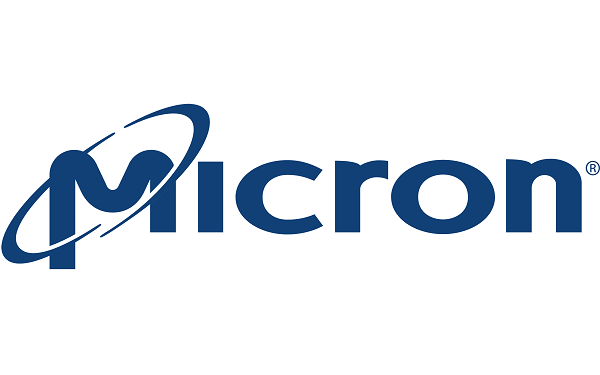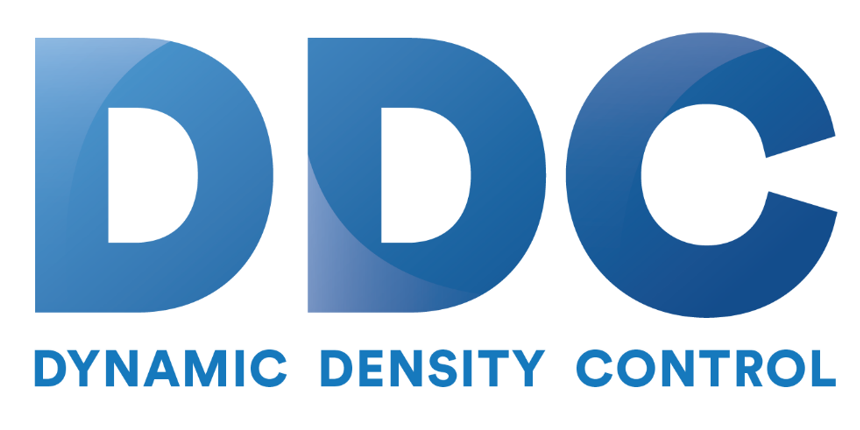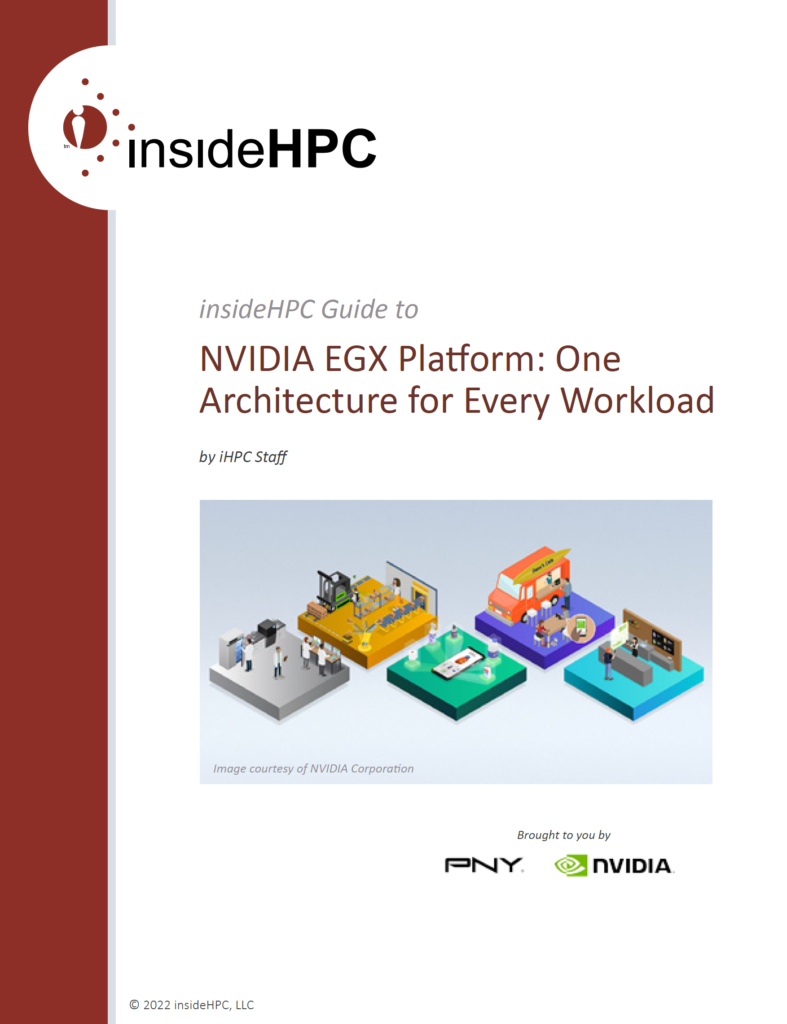 BOISE, Idaho, July 26, 2023 — Micron Technology, Inc. (Nasdaq: MU) today announced it has begun sampling what the company said is the industry’s first 8-high 24GB HBM3 Gen2 memory with bandwidth greater than 1.2TB/s and pin speed over 9.2Gb/s, “which is up to a 50 percent improvement over currently shipping HBM3 solutions,” Micron said.
BOISE, Idaho, July 26, 2023 — Micron Technology, Inc. (Nasdaq: MU) today announced it has begun sampling what the company said is the industry’s first 8-high 24GB HBM3 Gen2 memory with bandwidth greater than 1.2TB/s and pin speed over 9.2Gb/s, “which is up to a 50 percent improvement over currently shipping HBM3 solutions,” Micron said.“Micron’s HBM3 Gen2 technology was developed with a focus on unleashing superior AI and high-performance computing solutions for our customers and the industry,” said Praveen Vaidyanathan, vice president and general manager of Micron’s Compute Products Group. “One important criterion for us has been the ease of integrating our HBM3 Gen2 product into our customers’ platforms. A fully programmable Memory Built-In Self Test (MBIST) that can run at the full specification pin speed positions us for improved testing capability with our customers, creates more efficient collaboration and delivers a faster time to market.”
“At the core of generative AI is accelerated computing, which benefits from HBM high bandwidth with energy efficiency,” said Ian Buck, vice president of Hyperscale and HPC Computing at NVIDIA. “We have a long history of collaborating with Micron across a wide range of products and are eager to be working with them on HBM3 Gen2 to supercharge AI innovation.”
Micron developed this product by leveraging its global engineering organization, with design and process development in the United States, memory fabrication in Japan and advanced packaging in Taiwan. Today’s announcement is another milestone in Micron’s technology leadership in the industry. Micron previously announced its 1α (1-alpha) 24Gb monolithic DRAM die-based 96GB DDR5 modules for capacity-hungry server solutions and today introduced the1β 24Gb die-based 24GB HBM3 offering. In the first half of calendar 2024, the company plans to make available its 1β 32Gb monolithic DRAM die-based 128GB DDR5 modules. These offerings demonstrate Micron’s leading-edge technology innovations for AI servers.



